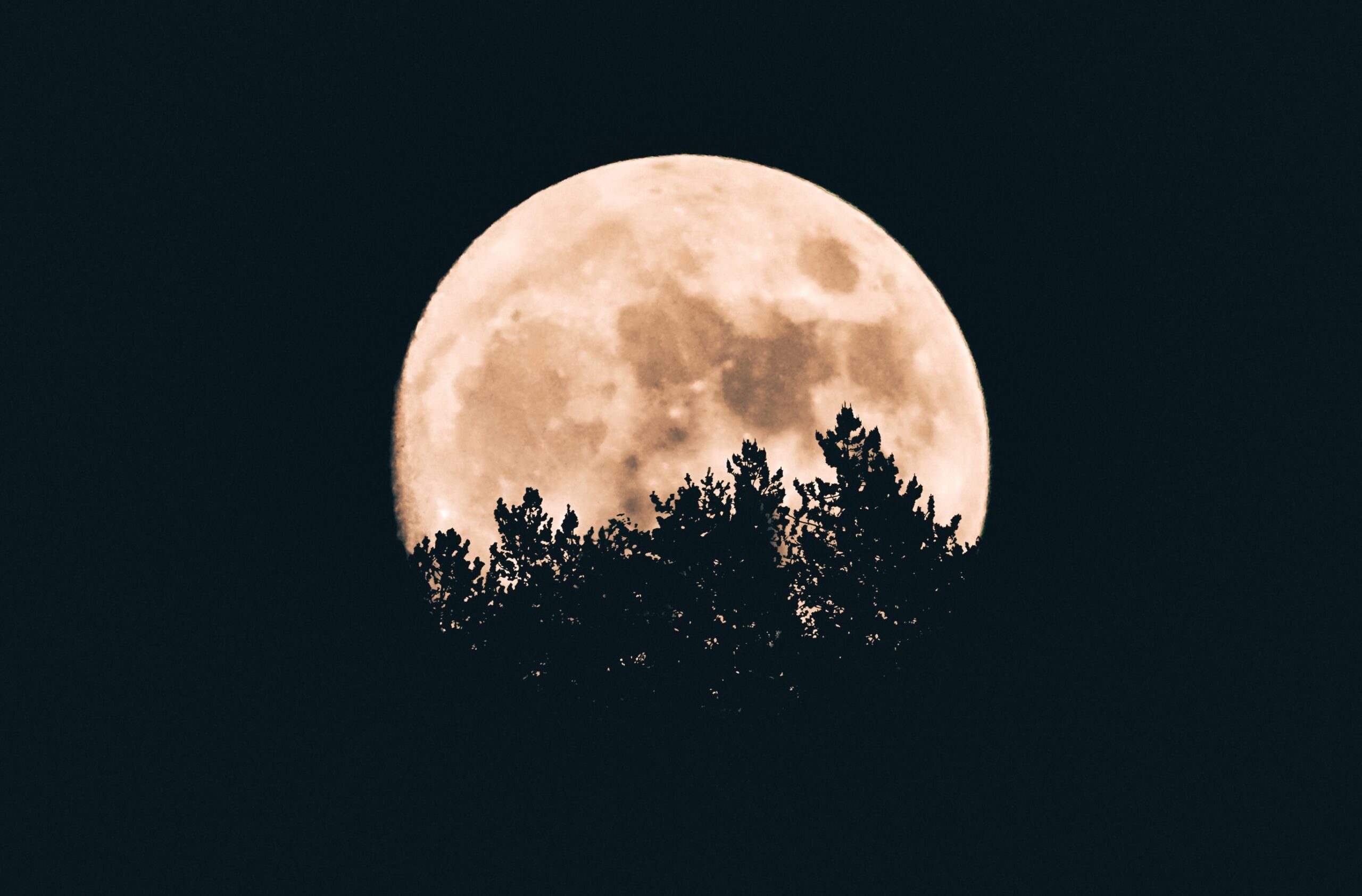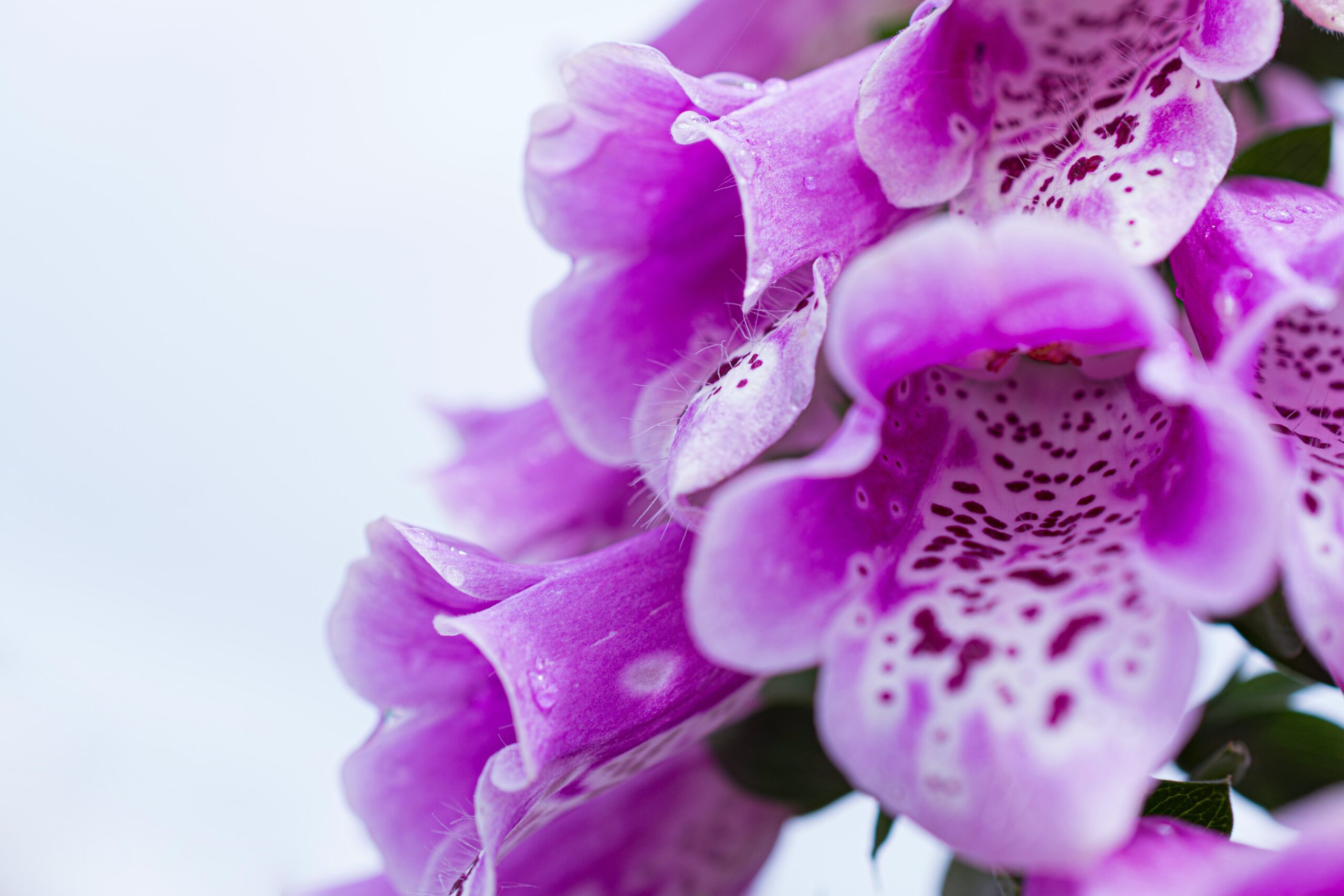
The mysterious realm of plants being influenced by the moon
part 1 of our moon influence investigation series
Celestial bodies such as the Moon and the Sun have played a significant role in many cultures and popular mythologies throughout the world. From ancient Egypt and China to the Babylonian and Greek Empires, recognition of the lunar and solar cycle was essential to the development of accurate calendars as well as the prediction of significant spiritual events like an eclipse.
Beliefs relating not only to the relationship between lunar activity and human life, but also to the behaviour and cultivation of plants have been established, ultimately, since the record of human heritage first began.
What’s more is that over the course of natural history, societies can consistently and systematically be observed centuring their agricultural practices around the changing phases of the Moon.
Quite astonishing, in fact, is that many of these traditions seem to have cropped up almost simultaneously across cultures, despite often being separated by thousands and thousands of kilometers — and not to mention the vast number of differences between their respective indigenous plants (1).
Mayans thought that the Moon held significant control over the flow of sap in plants, and that the setting of the Sun was what enabled the healing properties of the plants to be drawn into the roots. Plants used for healing, then, were only allowed to be harvested during certain windows of time within the daily and monthly lunar cycles (2).
Historically across countries in Central America, such as Panama and Belize, and some of the adjacent Islands in the Caribbean, palm leaves and other important resources were harvested only during or closely following the arrival of the full Moon. Materials gathered during this time were believed to be more resilient to decay and insect infestations than their non-lunar calibrated counterparts (3, 4).
At the same time in the Pacific, Hawaiians have a system of early belief that tubers (think sweet potatoes and taro) must only be planted on the third, fourth, fifth, or sixth day of a new Moon to ensure that they grow upright and healthy (5, 6).
Not dissimilarly, an ancient rule persists in France that firewood should be felled during the opposite phase of the Moon as construction wood, lending itself to the phrase, “bois tender en cours / bois dur en décours” which translates to, “soft wood when waxing, hard wood when waning” (7).
So, what is it about the Moon — as beautiful and magnificent as it is — that struck these peoples as such an essential aspect of growing crops: from the sowing of the very first seed, to the timing of the final harvest?
Well, if we were to examine the research provided by ethnobotany, and take a slightly deeper dive into plant physiology for our answers, then this is what we might find…
theories on plants and the influence of the moon
From biology, we know that plants have a tendency to be affected by both endogenous and exogenous factors (meaning both internal and external forces), and we also know that some of these factors can be directly traced to the phases of the Moon.
While internal factors include systems such as the production of phytohormones, and developmental processes at both the molecular and cellular level, external factors are things as simple as temperature, location, radiation, light exposure, and any imposing forces of wind, water, and/or snow.
It makes sense, then, how plants could be impacted by the gravitational pull of the Moon, the changing currents of the tide, and the illuminance of the sky above.
Excitingly, contemporary studies reveal that there might be more to the relationship between plants and the Moon than Westerners were originally prepared to accept.
Research on the umbrella tree (also known as Maesopsis eminii), a major tree species found growing in Rwanda, revealed that seeds planted before a full Moon showed a significantly greater speed and rate of germination, as well as improved averaged height, size, and rate of subsequent growth (8).
Additional studies have shown that some trees shrink and swell in accordance to the changing tide, and that water contained within plant cells undergoes a regular, rhythmic pattern that shows the greatest amount of change during a new Moon (9).
According to acclaimed ethnobotanist and researcher Dr. Michael Balik, “rather than struggling to understand the complex physics behind this phenomenon, a better strategy could be to try and identify the phytochemical constituents and bioactivity that change in response to lunar rhythms.”.
In line with his recommendation, he shares a recent study on spruce and sap trees that may help to provide indication of how the Moon could have any impact whatsoever on the physical properties of harvesting wood.
The research cited in his article, “Lunar Influence,” found that due to the rhythmic flow between the cell walls and its contents that results in a difference in water accumulation throughout the month, significant variations in wood density and structure can indeed be observed in accordance with the phases of the Moon (10).
And while this research can perhaps serve as a stepping stone to what very well may be the next key focus of botanical research, there is much about the many influencing factors on plants that science still does not know.
the next steps for plant science
Taking into account the limited number of studies on the subject, the importance of comprehensive chemical profiling for individual plants is reiterated in order to better understand the effect of environmental cues, and the potential benefits of Moon-timed harvest.
Our challenge at sofi was to create a modern way to characterise plants, understand their variability (whether that’s occurring as a result of the lunar cycle, or not), and deliver them in an easy-to-use platform that would allow us to learn individual experiences in a more meaningful way.
We’re well aware that plants are sessile organisms that depend directly on their external environment for cues that relate to their chemistry and the ratio of active compounds within their extracts, as a result. But it’s part of our core belief system that you shouldn’t have to be a botanist to get the most out of plants.
In this way and so many more, it’s essential that we start examining all the ways in which we are connected to our planet (as well as the ones in orbit around it) for insight to guide our approach to plant-based healthcare.
Check out Part 2 of our Moon article series The Mysterious Realm Of People Being Influenced By The Moon or click around on the sofi blog for information on the science of chemical finger-printing and the formulation of our plant pods.
References:
- Ferris, T. Coming of Age in the Milky Way; Anchor Books: Morrow, NY, USA, 1988.
- Arvigo R, Balick M. Rainforest Remedies: One Hundred Healing Herbs of Belize. Twin Lakes, WI. Lotus Press; 1993.
- Vogt KA, Beard KH, Hammann S, et al. Indigenous knowledge informing management of tropical forests: The link between rhythms in plant secondary chemistry and lunar cycles. Ambio. 2002;31(6):485–490.
- Lee R, Balick MJ. Chronobiology: It’s about time. Explore. 2006;2(5):442–445.
- Handy ESC, Handy EG, Pukui MK. Native Planters in Old Hawai`i: Their Life, Lore and Environment. Honolulu, HI: Bishop Museum Press; 1991.
- Mills B, Tsuha K. Ancient Hawaiian Moon Calendar Related to Fishing & Farming. Honolulu, HI. Prince Kuhio Hawaiian Civic Club; 2009.
- Cole, Ian B., and Michael J. Balick. “Lunar Influence: Understanding Chemical Variation and Seasonal Impacts on Botanicals.” American Botanical Council. HerbalGram 85 (2010): 50-56.
- Zurcher E. Lunar related traditions in forestry and phenomena in tree biology. J Forestier Suisse. 2000;151(11):417–424.
- Endres KP, Schad W. Moon Rhythms in Nature: How Lunar Cycles Affect Living Organisms. Edinburgh, Great Britain: Floris Books; 2002.
- Cole, Ian B., and Michael J. Balick. “Lunar Influence: Understanding Chemical Variation and Seasonal Impacts on Botanicals.” American Botanical Council. HerbalGram 85 (2010): 50-56.

